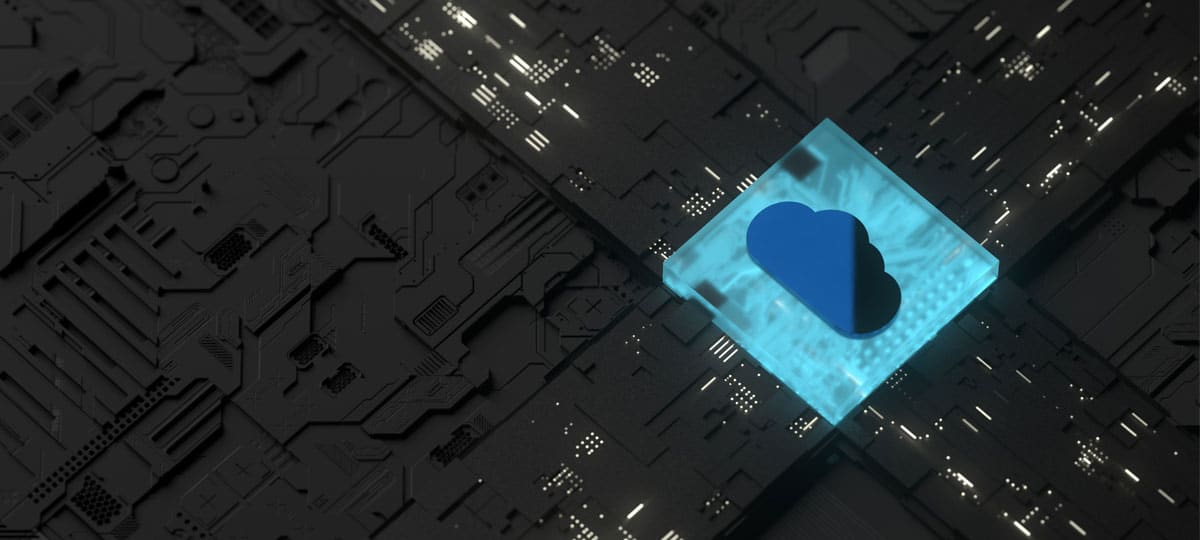Hybrid Wins


The data center trends in Germany 2023
Data centers are indispensable in the digitized economy and society. The number of data centers is growing rapidly. According to estimates by the industry association Bitkom, sales of data center services in Germany will rise to a total of 12.9 billion euros by 2025. This corresponds to an average annual growth rate of 9.6 percent. Growth will be shaped by five trends.
Sustainability
The sustainability of data centers will become increasingly important in the coming years. This trend affects both technology and facility management. In addition to energy efficiency measures, the focus is increasingly on the area of refrigerants and waste heat recovery. The issue is being driven forward, among other things, by the German government's General Administrative Order, which applies to all federal authorities and stipulates that in future only air conditioning systems that use natural refrigerants should be used. For companies, the topic is highly relevant not only for environmental protection reasons, but also for investment protection reasons. This is because the EU's F-Gas Regulation is making artificial refrigerants increasingly difficult to obtain and also increasingly expensive. The issue of waste heat utilization poses an immense challenge. At an average of 35 °C, the waste heat from air-cooled data centers is too low for most heating applications and would not be sufficient for feeding into conventional heating networks, for example.
Data centers are increasingly being considered and included in the planning of neighborhoods consisting of residential, recreational and commercial areas, for example. Their services are needed for both the private and commercial users of these neighborhood and campus facilities. In addition, the waste heat from the data center can be integrated into the neighborhood energy concept from the outset or built into a local or regional service concept. Local services, regional data hosting, telecommunications, delivery services, and even childcare, as well as waste heat utilization from the data center, can thus be offered as services. The waste heat can be used, for example, for the production of vegetables, fruit or fish (keyword: urban farming) right next to the data center or for heating service water.
Digitalization is increasing the demand for cloud computing services, and with it the shift of corporate data to the cloud is increasing massively. According to Gartner, more than 75 percent of all IT infrastructures will be operated in the cloud as early as 2025. However, as data security is also a consistently important issue, more and more companies are simultaneously relying on smaller data centers of their own for their critical data.
The increasing use of edge computing will continue to drive the decentralization of data centers in 2023. Edge computing enables faster data processing and reduces latency. Data is thus brought closer to the end users, which is necessitated by the establishment of ever new data-intensive services, for example streaming. These data centers are generally smaller than previous data centers, but their power density is significantly higher. The increasing use of data-intensive services is massively counteracting the energy efficiency gains achieved in data centers in recent years. The power requirements of data centers are increasing, even if power is used with maximum efficiency.
In the course of decentralization, another development is becoming increasingly apparent: companies are more frequently opting for container data centers, which are located outside the company buildings and fully cover on-site data center requirements. At the same time, more and more companies are turning to operator models for these data centers. This is not only true for enterprises. The federal government's General Administrative Order also clearly states that federal agencies should prioritize using over owning.
Everything is possible
But not only will the number of smaller data centers increase, hyperscalers will also continue to grow. The demand for cloud services and the scalability of IT infrastructures will drive the growth rates of hyperscaler data centers. The number of hyperscalers in Germany is expected to reach 50 in 2023. The number of midmarket data centers will rise to 500. This will make it all the more important for data centers to be powered by renewable energy in the future. Shortening the approval procedures for wind farms and photovoltaic plants, for example, could ensure that hyperscaler data centers more quickly build their own wind farms or photovoltaic plants to meet their high energy requirements.





